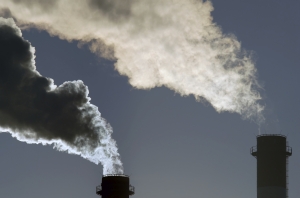IN SHORT:
High emitting industrial facilities covered by the ‘safeguard mechanism’ (excluding the generation sector) are projected to drive national emissions growth through to 2030, with companies given flexibility to re-set their baselines, without being held accountable to a hard emissions cap.
As of 25 January 2018, 57 industrial facilities, across 48 companies, have been given permission to increase their emissions baselines under the safeguard mechanism, potentially allowing an additional 22 million tonnes of carbon dioxide equivalent (Mt CO2/e) increases per annum. Reported baselines therefore act as a limit in name only, with companies largely free to ‘choose their own cap’, with no penalty or requirement to offset emissions increases.
Emissions from Australia’s largest industrial facilities, covered by the safeguard mechanism, are projected to reach 30 per cent above 2005 levels by 2030, an increase of 16 per cent since the commencement of the scheme. This will see covered industrial emissions surpass the electricity generation sector as Australia’s largest emitting sector in the mid-2020’s.
With electricity sector emissions on a downward trend, emissions from large industrial facilities represent a growing problem for policymakers, with the scale of emissions increases to erode the progress of other schemes – such as the National Energy Guarantee (NEG) or Emissions Reduction Fund (ERF) – towards meeting Australia’s 2030 target.














